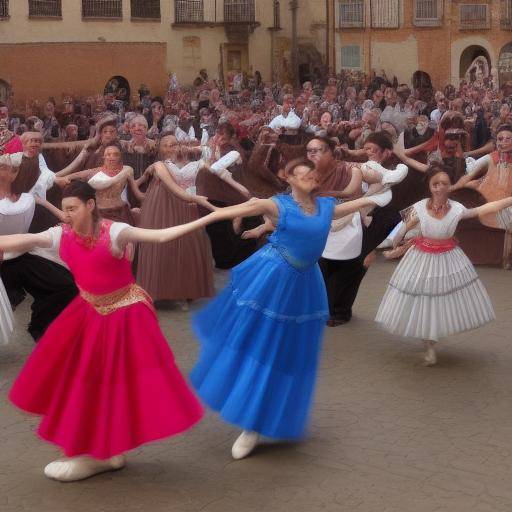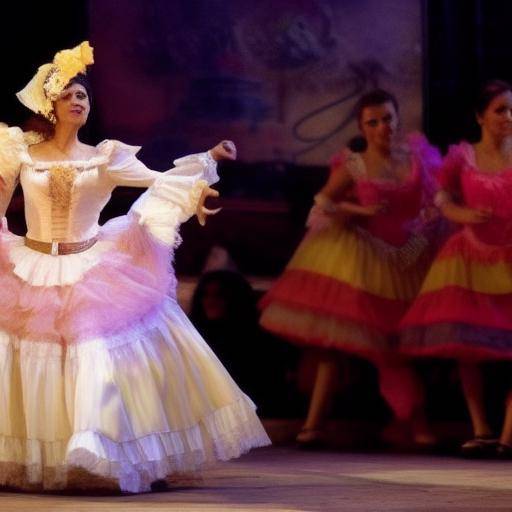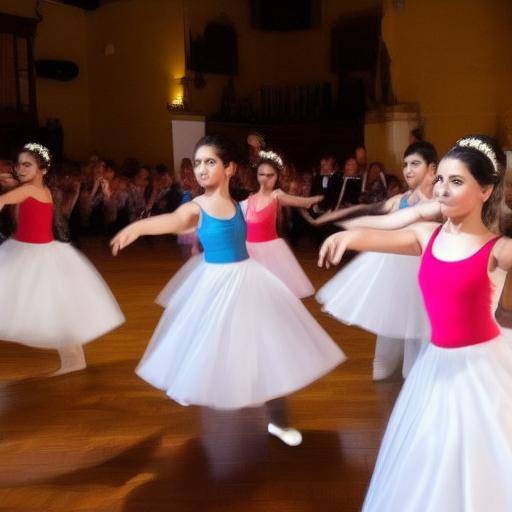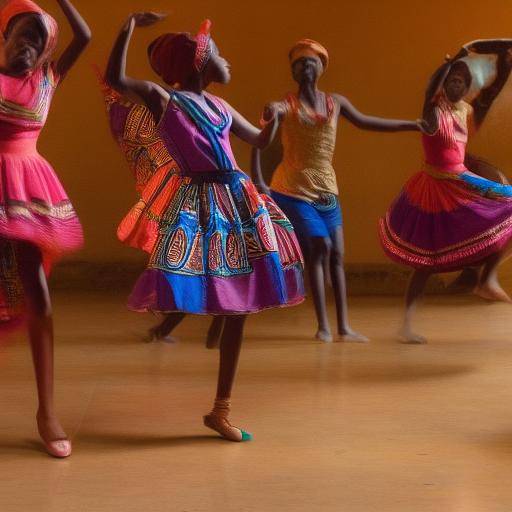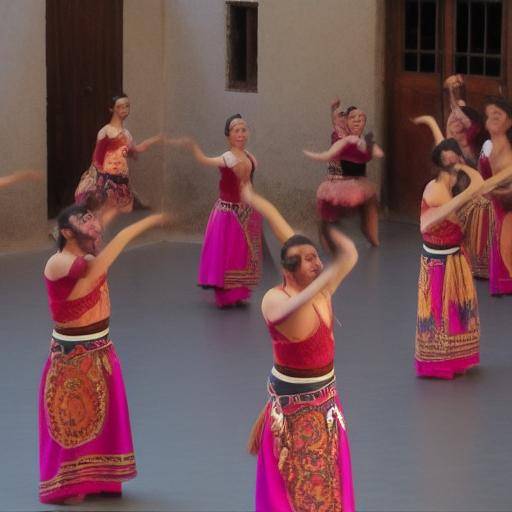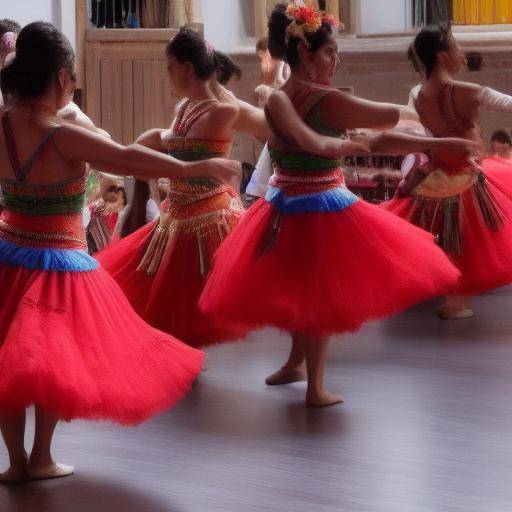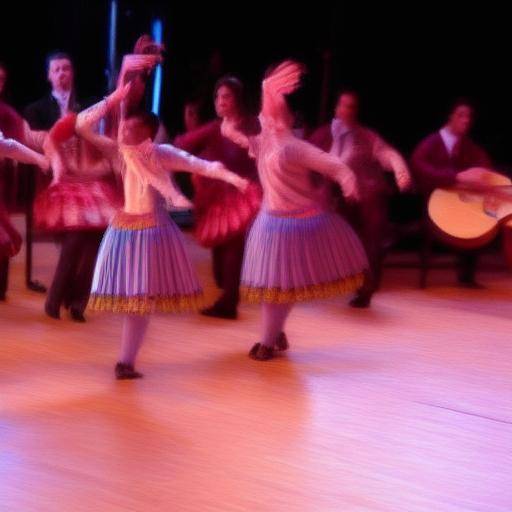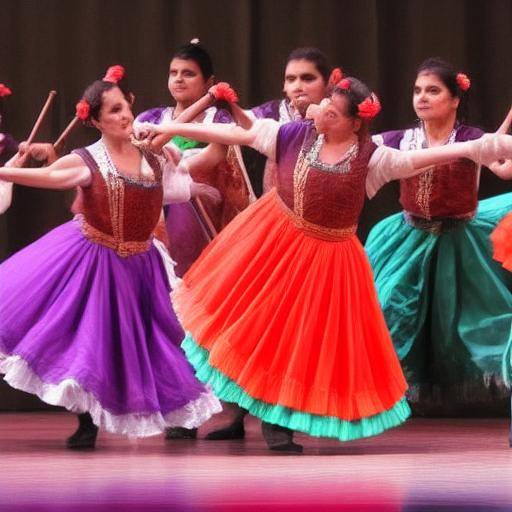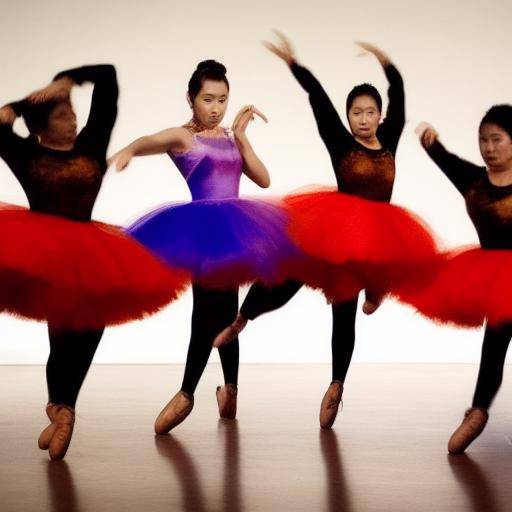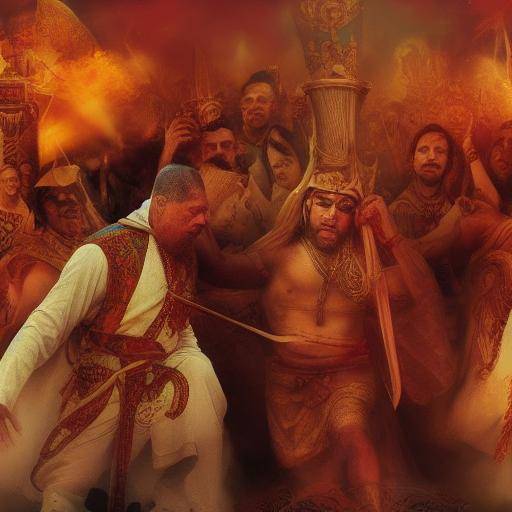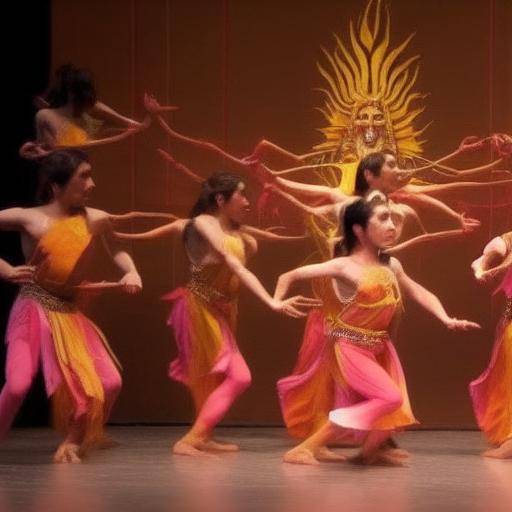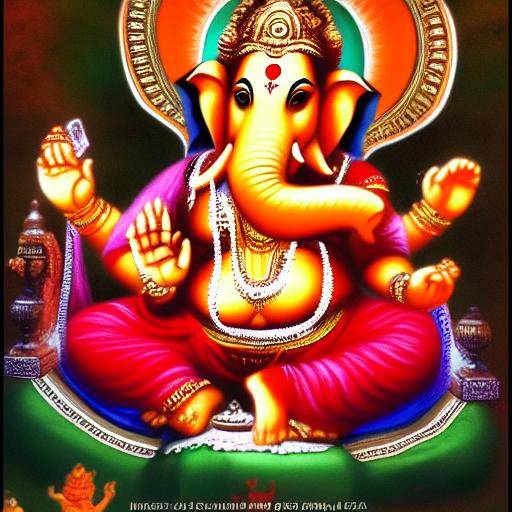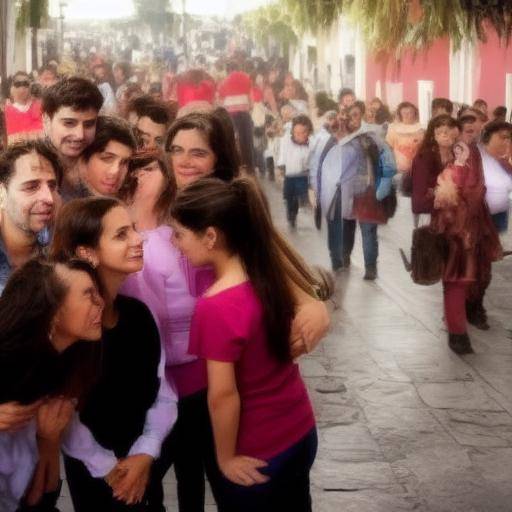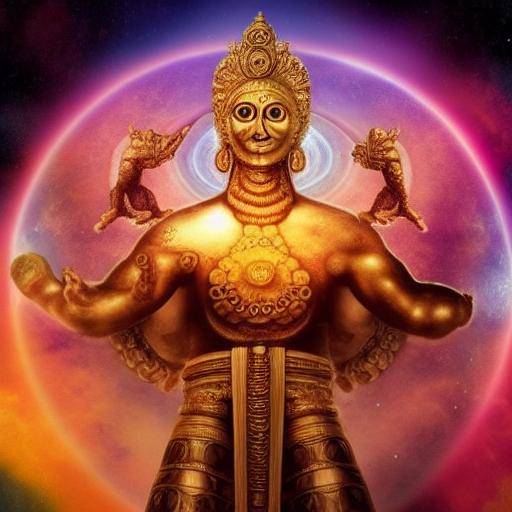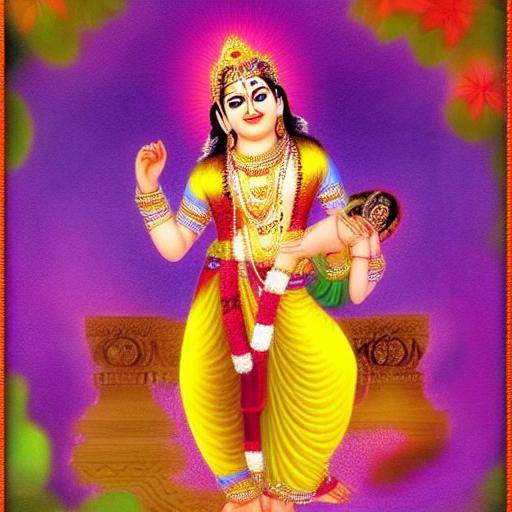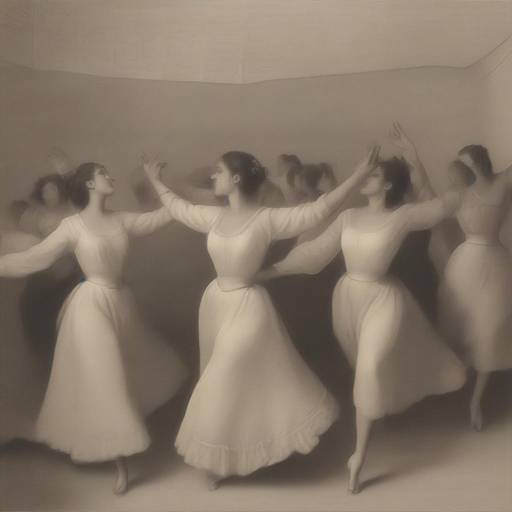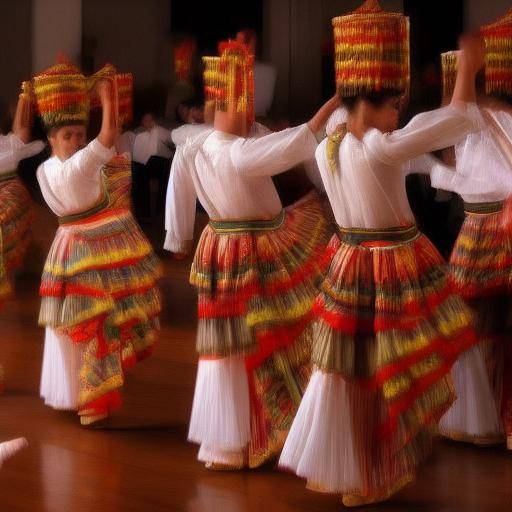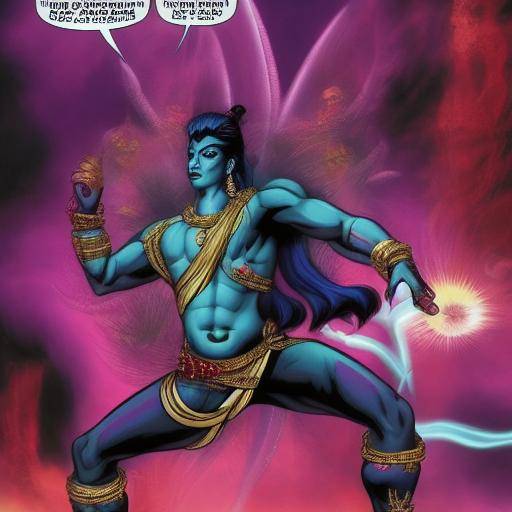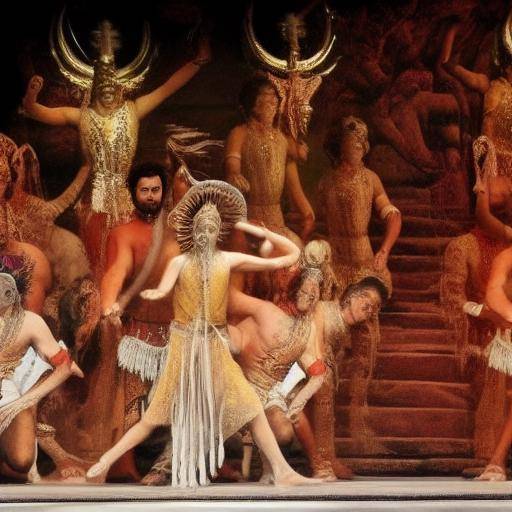
Shiva dance is a symbolic representation with deep roots in Hindu myths. This manifestation of the god Shiva is an amalgam of creation, conservation and destruction, embodied in a dance that transcends time and space. This article will explore the rich history and meaning behind Shiva's dance, as well as its relevance in Hindu culture and philosophy. In addition, a perspective will be offered on the influence of this dance in contemporary society and artistic interpretation. Prepare to immerse yourself in the fascinating world of Shiva dance and discover its depth and transcendental meaning.
Introduction
In Hindu cosmology, Shiva is one of the most venerable and venerable gods associated with the duality of creation and destruction, rebirth and liberation. His dance, known as "Tandava", is an iconic symbol of the moving cosmos, merging the opposites and revealing the very essence of existence. This dance transcends the barriers of time and space, manifesting the eternal struggle between life and death, chaos and order. Throughout this article, we will explore the mysterious rhythms and meanings behind Shiva's dance, unraveling the complexity and beauty of this ancient tradition.
History and Background
The dance of Shiva has its roots in the ancient Hindu sacred texts, such as the Vedas and the Puranas, where the divine feats of Shiva and its cosmic dance are mentioned. Shiva dance is believed to represent the "Pralaya", the cosmic cycle of creation and destruction that perpetually governs the universe. Over the centuries, Shiva's dance has evolved and has been reinterpreted in different forms of art, including Indian classical dance, sculpture, painting and music.
Shiva's dance has also transcended its religious context to become a symbol of inspiration and reflection in the arts and philosophy. He has influenced numerous poets, artists and thinkers, who have explored the duality of life and death through the representation of Shiva dance.
Deep analysis
Shiva dance not only embodies cosmic duality, but also represents the interconnection of all things in the universe. In his dance action, Shiva destroys to create, creates to preserve and preserve to destroy, showing the cyclical and inevitable nature of existence. These philosophical concepts have profoundly influenced the understanding of life and death, change and permanence, and transformation into the Hindu worldview.
Shiva dance has significantly impacted the practice of Indian classical dance, serving as a source of inspiration for choreographers and dancers who seek to express the very essence of existence through the art of movement. In its purest expression, Shiva dance transcends the limitations of time and space, connecting the dancer and the spectator with the divine.
Comprehensive review
In analyzing the contemporary relevance of Shiva dance, it is evident that it remains a source of inspiration for artists, philosophers and academics. In a modern world, where duality and conflict are omnipresent, Shiva's dance offers a path to harmony and acceptance of the contradictions inherent in life. Its influence extends beyond the borders of India, finding echo in various artistic and spiritual expressions around the world.
Conclusions and FAQs
Conclusions
Shiva dance, with its powerful and symbolic representation of creation and destruction, continues to be a source of deep reflection and contemplation in contemporary society. His legacy endures through generations, enriching our lives with his timeless wisdom.
Frequently asked questions
**1. What does Shiva dance mean in Hindu philosophy?**Shiva dance symbolizes the creation, preservation and destruction of the universe, as well as the interconnection of all things in the cosmos. It represents the duality of life and death, chaos and order, and constant transformation.
**2. How has Shiva dance influenced the traditional arts of India?**Shiva dance has been a source of inspiration for Indian classical dance, influencing the interpretation of the cosmogonic and philosophical themes through the art of movement.
**3. What is the contemporary impact of Shiva dance on society and art?**Despite its antiquity, Shiva's dance remains a source of inspiration for artists, philosophers and academics around the world, resonating in diverse artistic and spiritual expressions.
**4. What is the spiritual importance of Shiva dance?**Shiva dance represents the cosmic dance that transcends duality and illusion, connecting the practitioner with the very essence of the universe and divine consciousness.
**5. Where can I witness representations of Shiva dance in India?**The performances of Shiva dance, both in the form of classical dance and in religious events, can be seen in several temples and festivals in India, such as the Mahashivaratri Festival.
**6. What is the symbolism behind the gestures and positions in Shiva's dance?**The gestures and positions in Shiva dance, known as "mudras", have symbolic meanings that represent aspects of creation, destruction, cosmic energy and spiritual transcendence.
In conclusion, Shiva's dance is an artistic and philosophical expression that embodies the very essence of the universe. Its timelessness and symbolic wealth make it an inexhaustible source of inspiration and reflection for those who immerse themselves in its profound meaning. May this exploration have nurtured your understanding and appreciation of this ancient cosmic dance and inspire you to seek more knowledge about Hindu traditions and myths.
Finally, remember that Shiva dance is a tribute to constant creation and destruction that shape the universe, an invitation to reflect on the perpetual flow of time and existence.

